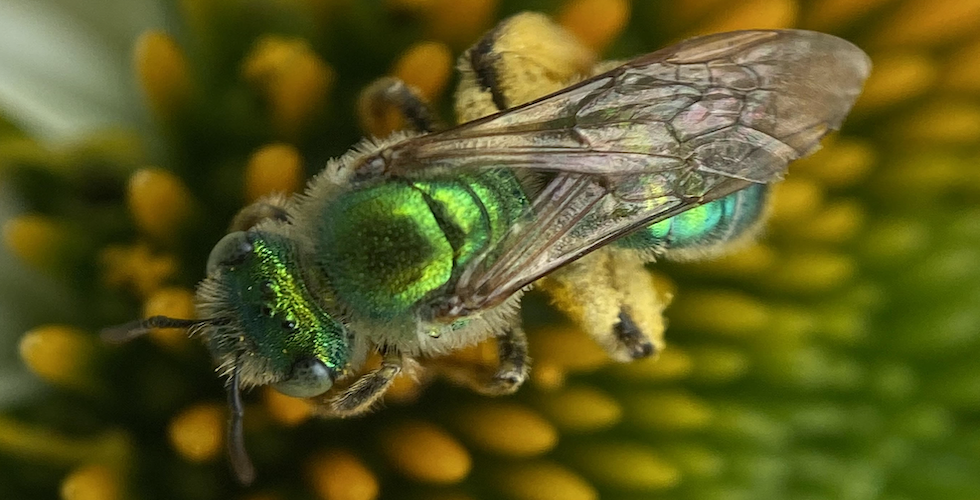
The Joy of Citizen Science
In today’s post our colleague Brett Ortler shares with us his passion for citizen science. It is a great family activity.
If you’re like me, you’ve spent a lot of time bird-watching, paying more attention to your garden or the plants springing up in your yard, even noticing the butterflies and bees and other bugs you might not have spotted before. With a smartphone and some field guides you can harness this newfound curiosity to learn a lot about the natural world around you, and you can even help contribute to real science along the way.
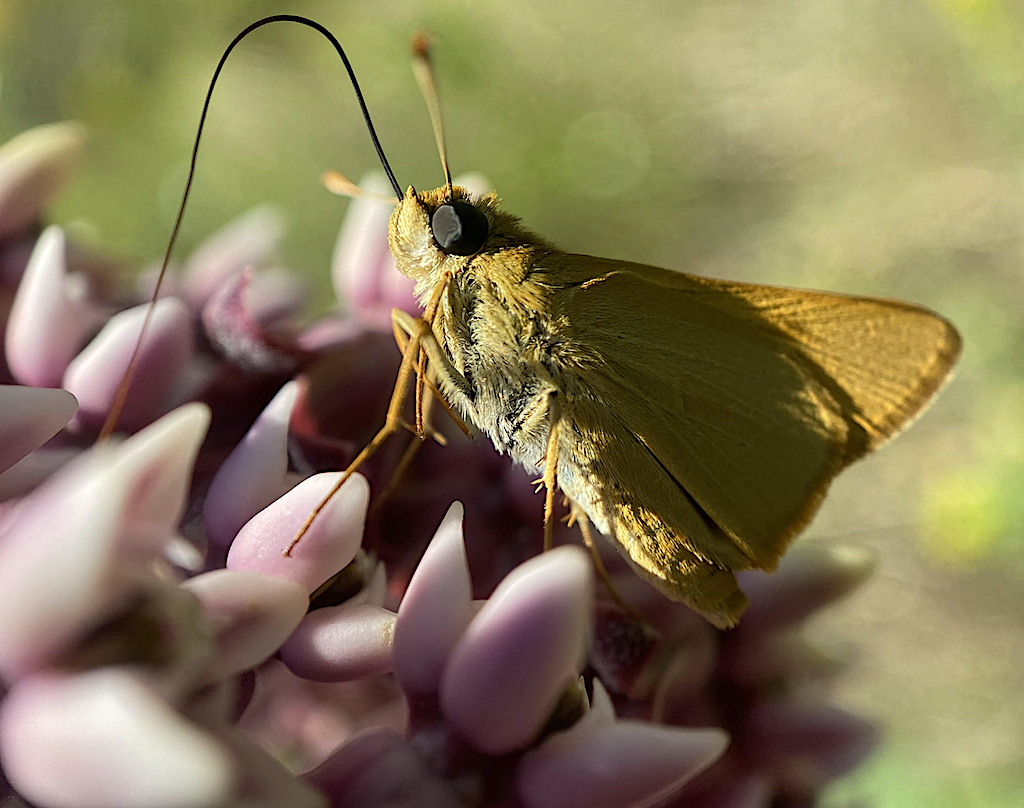
One of my favorite websites (and apps) is iNaturalist. Essentially a social network for naturalists, it’s a great place to log all of your observations, attempt to identify the critters you find, and share them with other naturalists. It’s pretty simple. You sign up (it’s free), you mark your location (which you can keep private as you see fit), and you upload a photo of your find, along with your identification. Each observation is shared/vetted by other naturalists (some of whom are experts in their respective fields). Once an observation is confirmed twice, it’s dubbed “research grade” and the information can then be used by scientists for various projects.
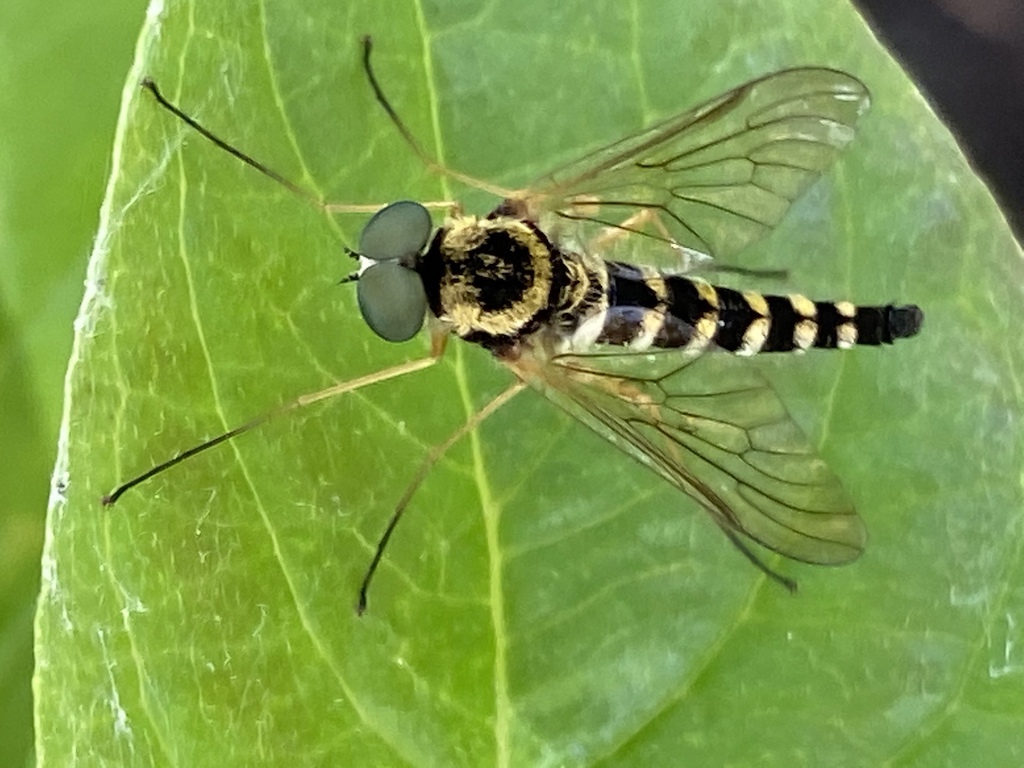
Observations from iNaturalist have already figured into scores of published research papers, including a number of surprising discoveries, and as a way to monitor the status of native species and the expanding ranges of invasive species.
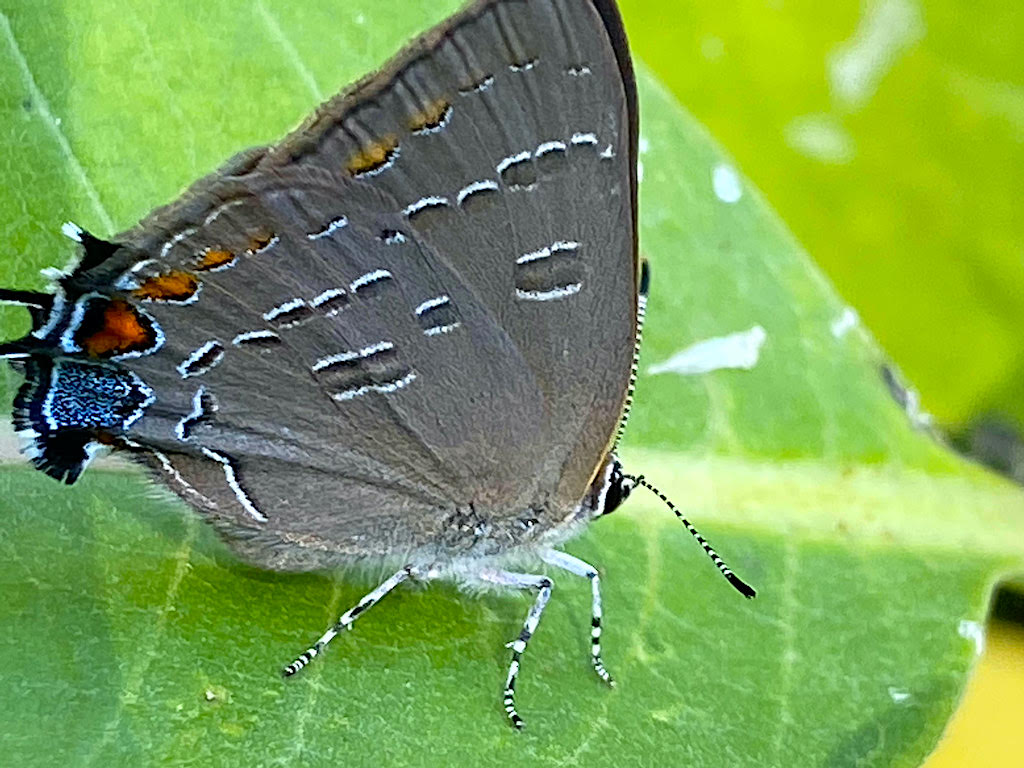
If you’re not sure what you’ve found, don’t worry! There’s also a “suggest an identification” option that can be helpful, especially if the organism you’ve spotted is common. Though you’ll definitely need a field guide to confirm your finds, as the algorithm that suggests identifications is helpful to point you in the right direction, but it’s definitely not foolproof, especially if your discovery is rarer or less-photographed than a more common critter.
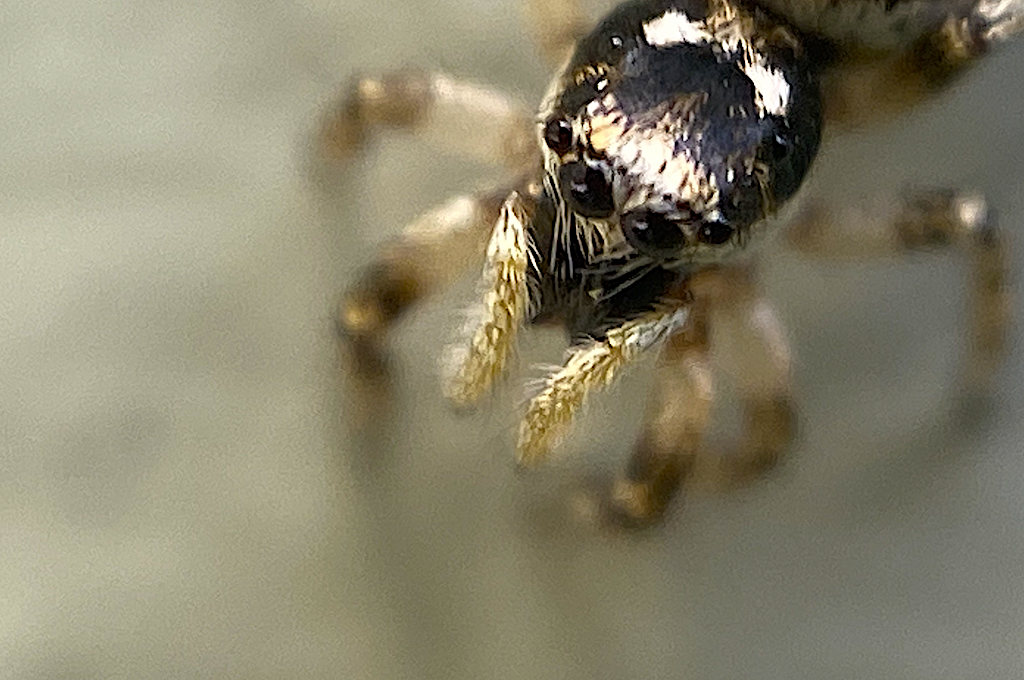
Once you get the hang of things, you’ll find that it’s an easy and fun way to track your observations, and you’ll quickly find yourself on the lookout for your latest new discovery.
We hope you enjoyed this post on Citizen Science. For more stories about wildlife and nature, sign up for our newsletter now! You also might enjoy our practical guide to Insects & Bugs of North America and the handy Bug Log.



Annie Long
What terrific pictures! Guess I need to get me one of those bug logs!